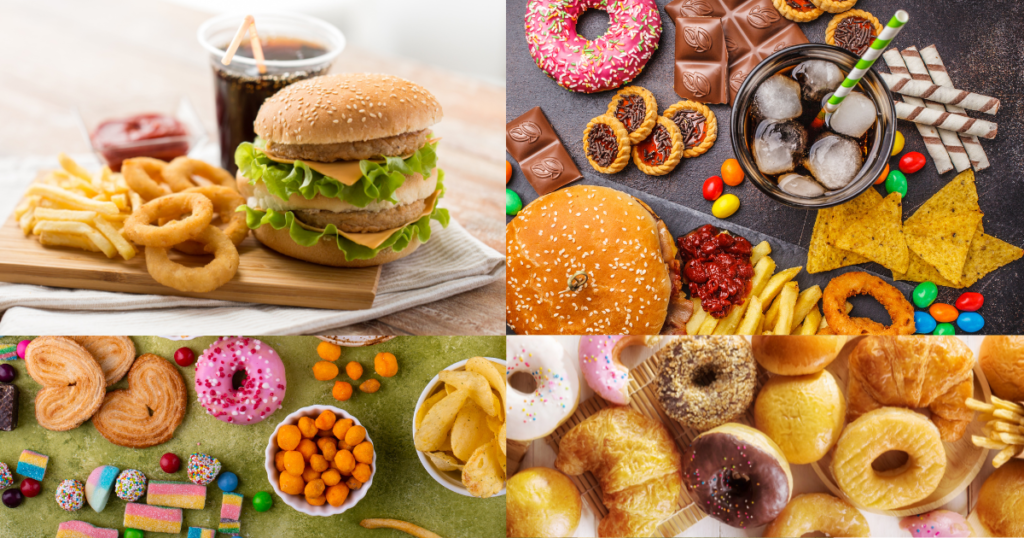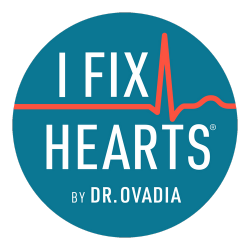I talk a lot about whole, real food and how it can restore your metabolic health. This inevitably brings up processed food — one of the worst offenders of metabolic syndrome.
Of course, there are many different ways to define the term ‘processed food,’ and not all processed foods are exactly alike. A working definition can help you make better decisions and avoid processed foods that could be masquerading as ‘healthy.’
So what exactly are processed foods?
Processed foods are altered consumables that no longer resemble their natural states.
Any type of alteration, even washing and cutting, counts as a form of food processing.
This means if you’re:
- Blending
- Pasteurizing
- Heating
- Canning
- Cooking
- Freezing
- Drying
- Dehydrating
- Mixing
- Packaging
You are processing food.
Of course, the distinction here is there are different degrees of processing. The more processing you do, the more you alter the food, and the more you damage your metabolic health.
Think about the packaged food in the center aisle of your grocery store. To remain shelf-stable and appealing to buyers, they contain additives and ingredients like:
- Colorants and dyes
- Preservatives
- Artificial flavors
- Refined sugars
- Seed oils
You can’t find ultra-processed foods like these in nature. They’re so heavily modified that I often refer to them as ‘near-food objects.’
This is where most of our metabolic problems begin.
Because ultra-processed foods are not actually food.
The problem of processed food
Gluten-free flour. Seaweed snacks. Low-fat or sweetened yogurt.
Even if they sound ‘healthy’ on the surface, they’re still ultra-processed foods that wreak havoc on metabolic health.
Here’s why:
- UPFs don’t contain many nutrients (if any). Vitamins and minerals get broiled, fried, and pasteurized out of existence. That’s why you can eat lots of ultra-processed food and still feel hungry soon after.
- UPFs don’t take work to digest. This can disrupt your gut microbiota, which contributes to the onset of chronic disease.
- UPFs have harmful additives. The seed oil and sugar can lead to inflammation, type 2 diabetes, and heart disease.
I know giving up UPFs seems almost impossible. But I want you to know you have the power to do so.
It starts by identifying processed foods before they wind up on your plate or back in your pantry.
How to identify processed foods
There’s surprisingly little official guidance on how to identify or rank processed food. The most widely-known is the NOVA Food Classification system, which was developed in Brazil in 2009.
The NOVA classification breaks food into four different categories:
- Group One includes minimally-processed foods. Think raw nuts, frozen peas, and dried herbs and spices (like oregano).
- Group Two includes processed culinary ingredients. This includes flours, sugars, cooking oils, lard, syrup, and honey.
- Group Three includes more significantly processed foods. Canned tuna, beef jerky, alcohol, and cured bacon fall into this category.
- Group Four includes ultra-processed foods. These are items like TV dinners, chocolates and sweets, sodas, sweetened or flavored yogurts, and breakfast cereals.
While well-meaning, the NOVA classification system is far too rudimentary.
For one thing, it doesn’t account for nutritional benefit. Canola oil may be a ‘group two minimally processed food,’ but it’s one of the worst seeds oils you could eat.
Plus, the NOVA scale isn’t officially recognized by governing bodies (think the FDA and the USDA). This might be a good thing, however, considering official research shows NOVA is fundamentally flawed and confusing.
It’s clear official guidelines on processed food still have a long way to go.
So how do we make the best decisions for our health?
I prefer to keep it simple: just eat whole, real food.
What to eat instead of processed food
It’s impossible to avoid all processed foods. Even washed and cut celery is ‘processed’ to some degree.
The trick is avoiding significantly altered, near-food objects.
I define whole, real foods as anything that comes from the ground or eats things that grow on the ground. Animals and plants both fall into this category. Frozen pizzas and fish sticks do not.
So how will you know if you’re eating whole, real foods?
You should:
- Read the ingredients label before purchasing. Most of your food shouldn’t have one in the first place, but there may be times you need to get something in a box. First, double check your ingredients to see if everything passes muster. If you’re not sure it passes muster, or if you’re in a community like my Elite Health Coaching crew, post a picture of the label and see if there’s something you missed.
- Cook more at home (if possible). You’ll always know what’s going into your food and can adjust your ingredients to minimally-processed alternatives. When you go out to eat, try to make wise decisions and ask clarifying questions. For example, I have patients who bring their own salad dressings, just in case.
- Focus on animal protein. Many diets can help you eat for better metabolic health, and I never force patients to follow a specific one. That said, it’s hard to beat the nutritional qualities of an egg or cut of beef. Plus, animal protein is more bioavailable, which means your body can use it more effectively.
Remember, I’m not expecting or suggesting you cut out all processed foods. Doing so would mean no butter or steak — and if you follow me on X, you know I’m fond of both.
But I am saying you should be wary of food that’s dramatically altered from its original form. Ultra-processed foods have no place in a metabolically healthy lifestyle, and if you want to fight metabolic syndrome, getting rid of UPFs should be your first step.
If you want to learn more about my take on processed foods, I invite you to read Stay Off My Operating Table. Once I cover the seven principles of metabolic health, I explain the step-by-step process you can use to reclaim your health.

